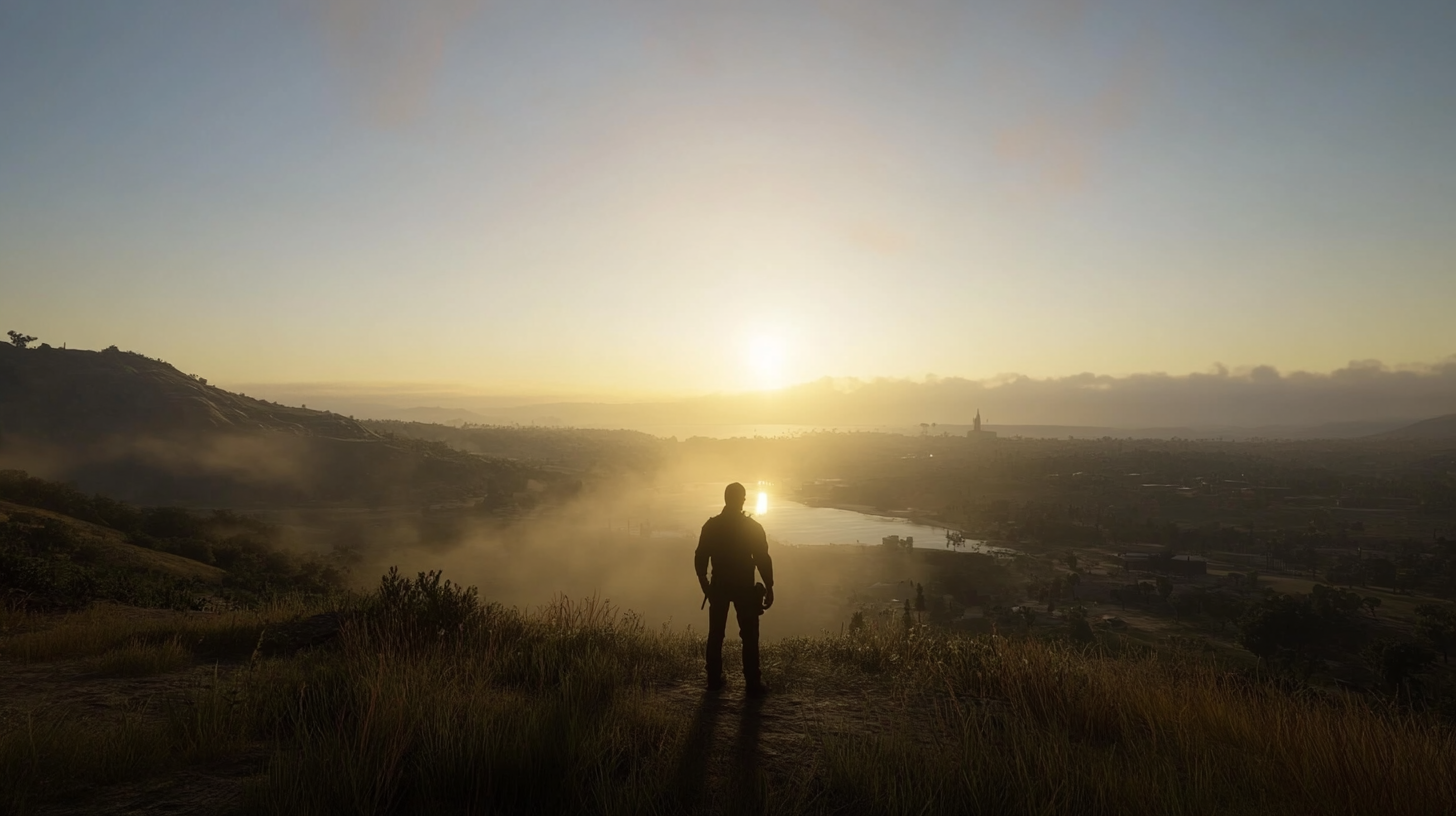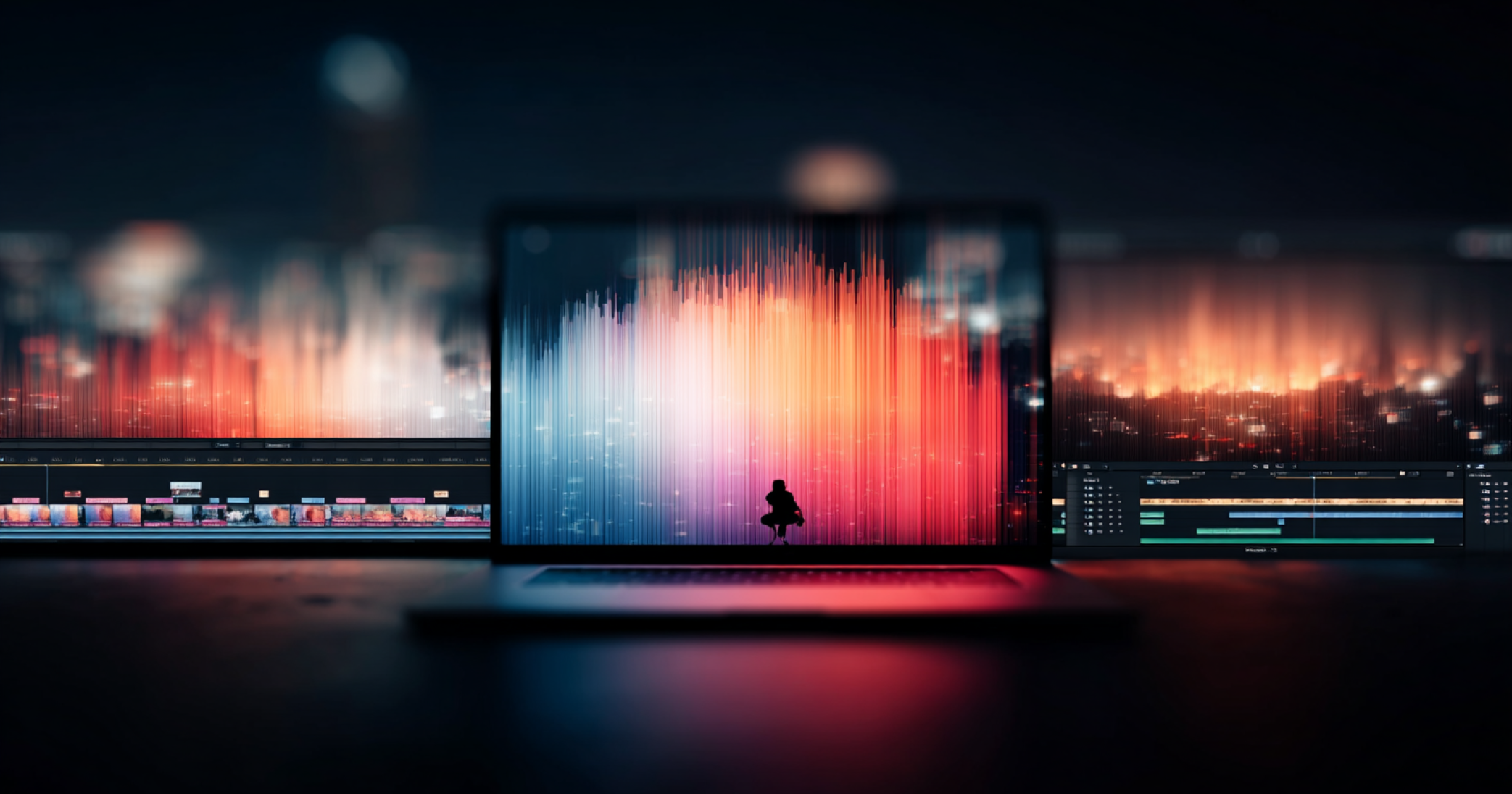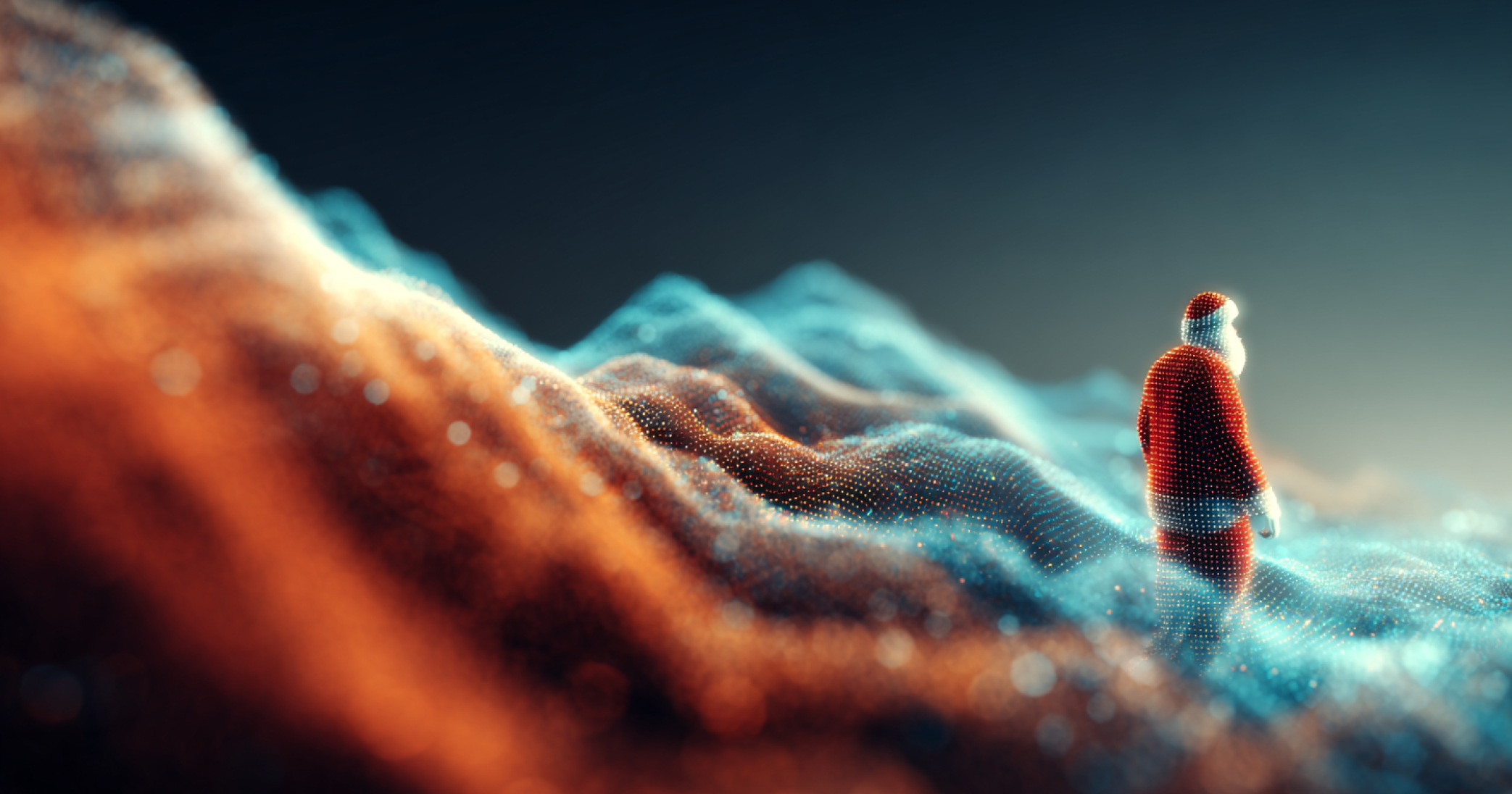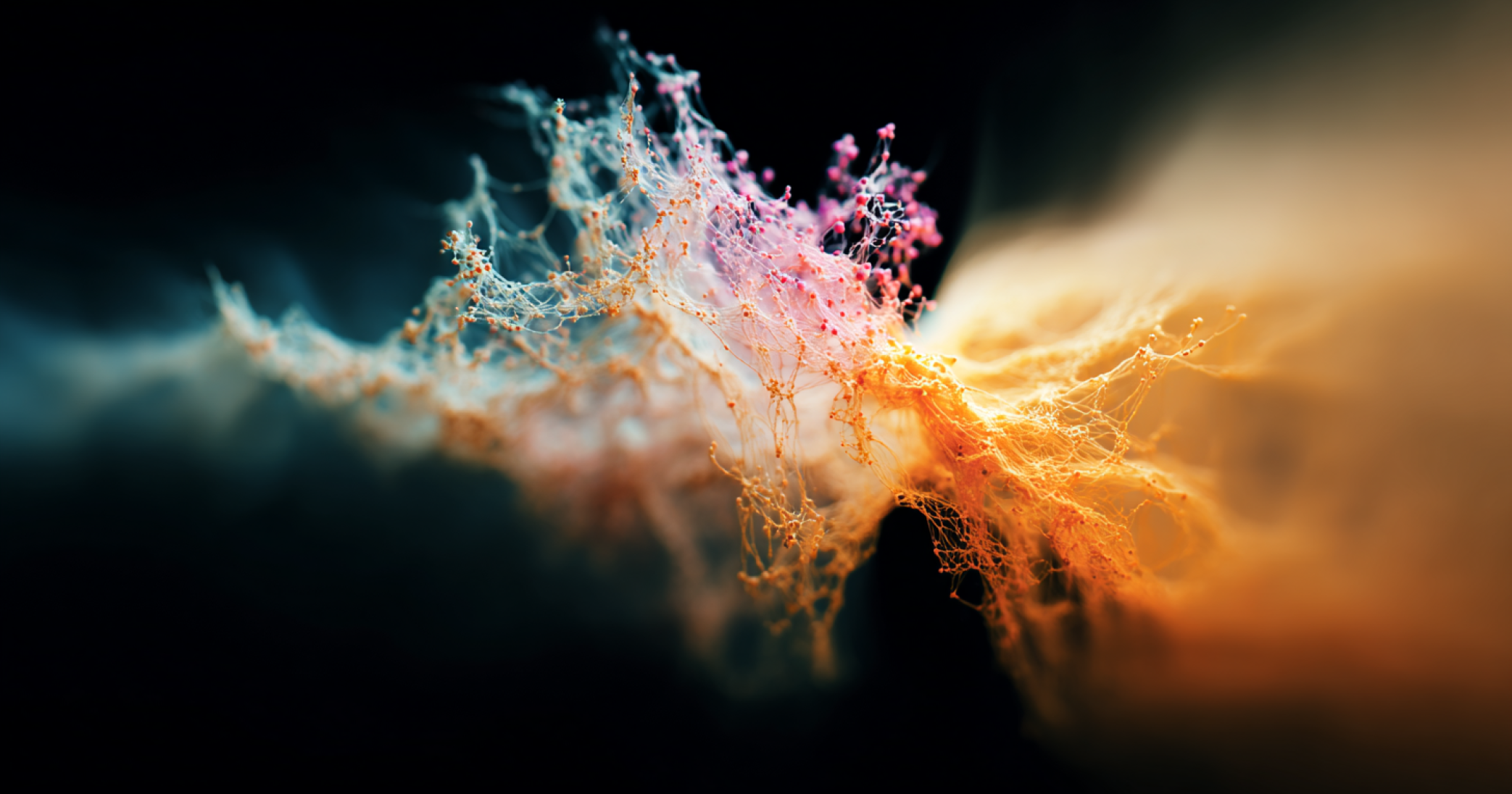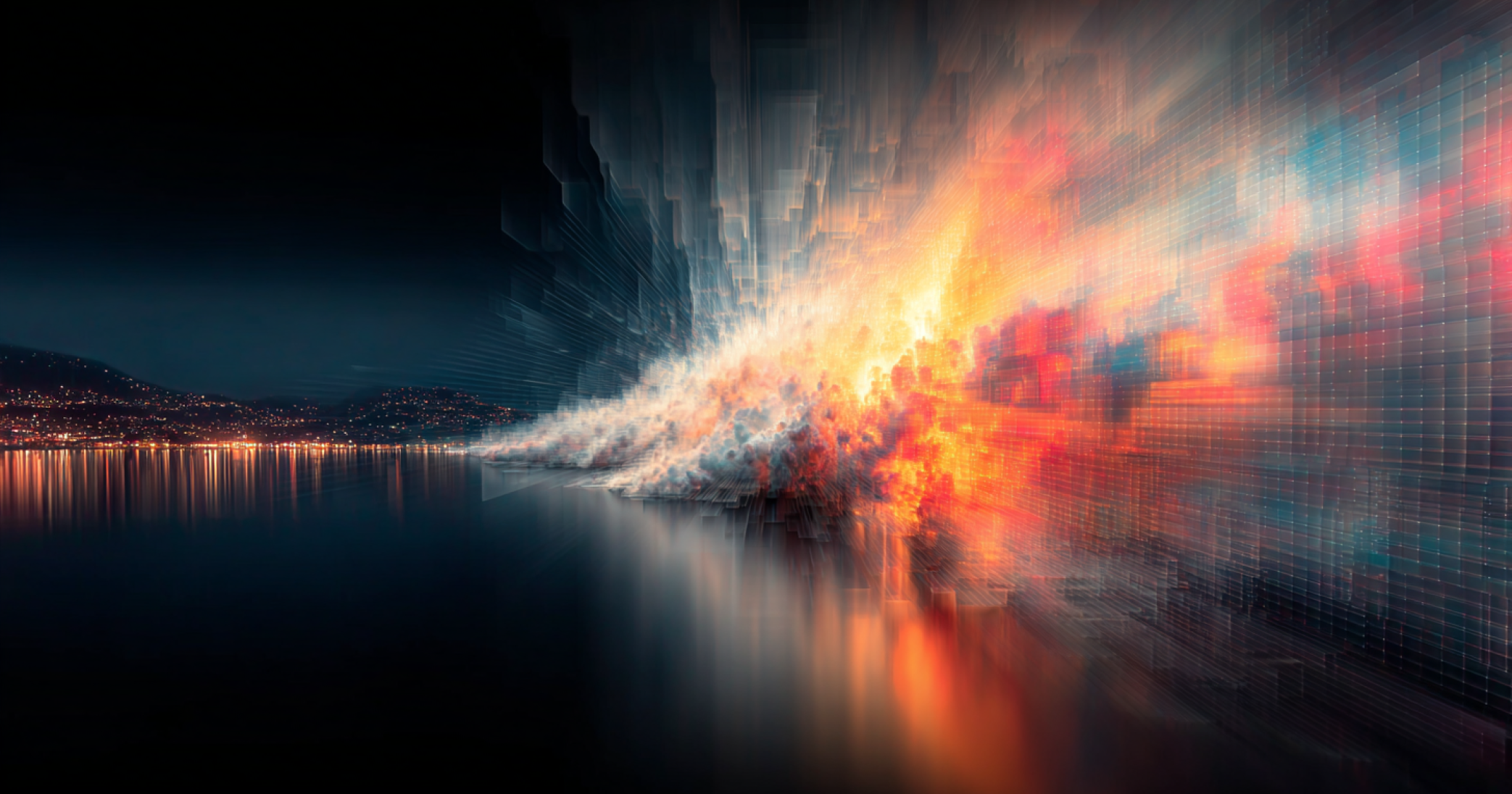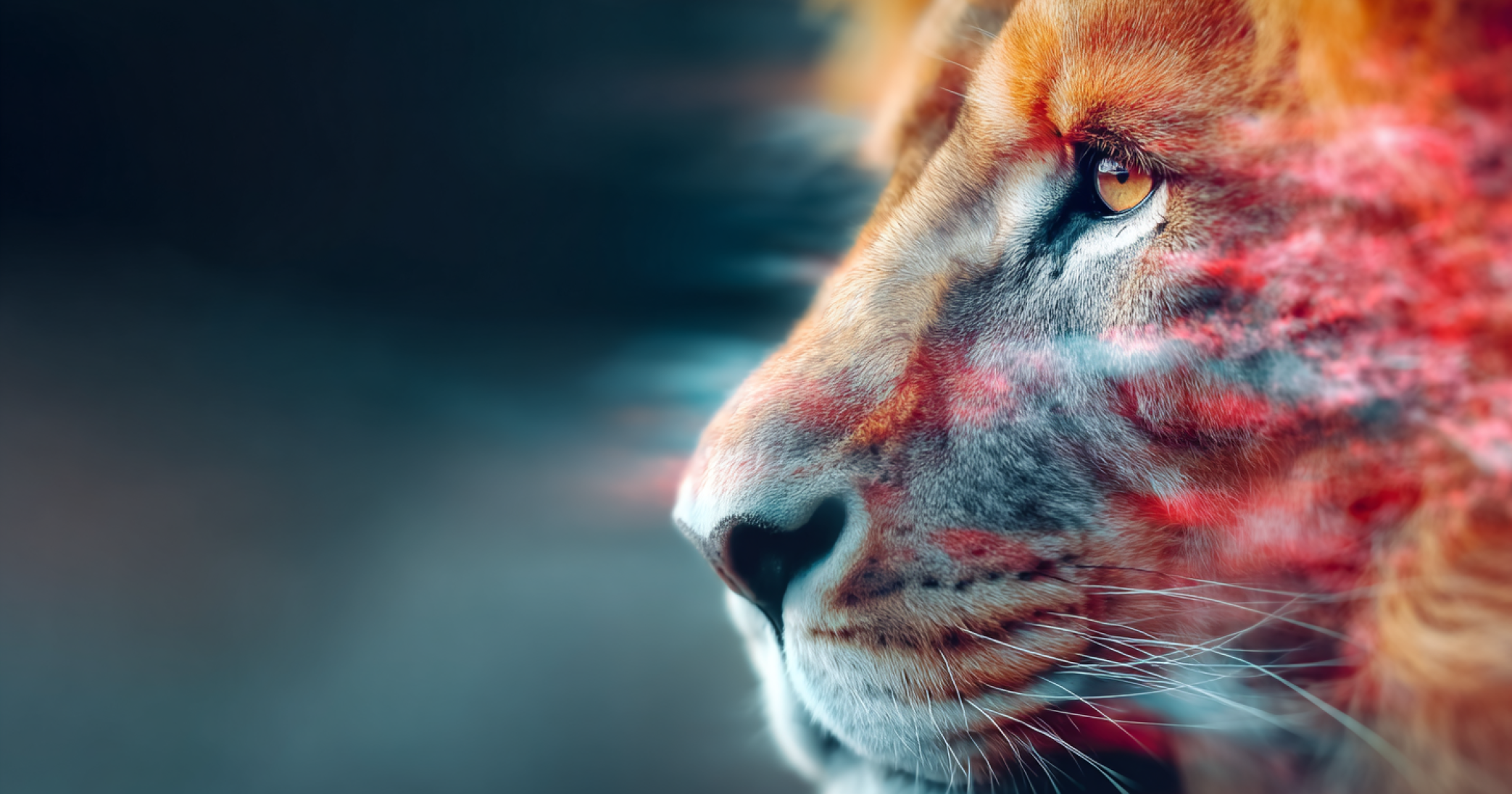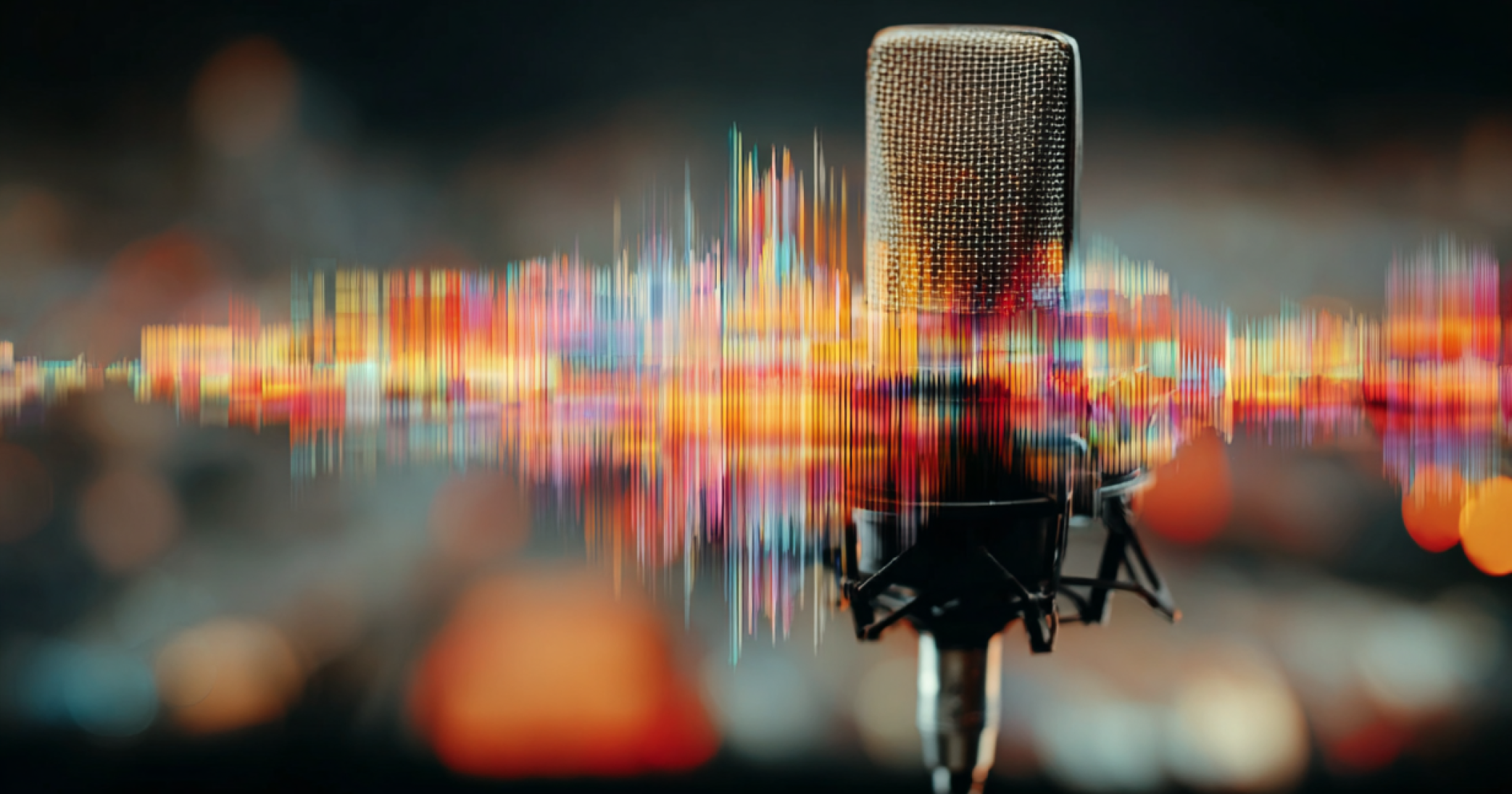The world of artificial intelligence never stands still, but sometimes there are developments that stand out from the crowd. World Generation is one of them. Just a few days after the release of World Labs’ groundbreaking platform, DeepMind followed up with Genie 2. The new model promises to generate training environments for AI agents. But what does that mean exactly, and why could World Generation soon be ubiquitous?
World Generation – What is that actually?
Imagine you had the opportunity to design an open gaming environment in which anything is possible. In this environment, you could create new worlds – not just copies, but endlessly varying, original scenarios. This is exactly the idea behind World Generation. With the help of AI, virtual environments are created that are so realistic and diverse that they can be used for anything from training robots to game development.
World Labs was the first major player to enter the market with a comprehensive platform for world generation. But DeepMind, Google’s AI powerhouse, followed suit shortly thereafter with Genie 2 – a system that once again pushes the boundaries of what we thought possible.
Genie 2: The foundation for embodied AI agents
Genie 2 is a powerful AI tool designed specifically to train complex AI agents. These agents – such as robots operating in the real world – require environments that not only look realistic, but also behave accordingly. Genie 2 offers:
- Unlimited training environments: Instead of playing through a single scenario over and over again, Genie can generate 2 million varying environments.
- Versatility: Whether you want to prepare a robot to navigate in chaotic warehouses or send a self-driving car through simulated city traffic, the possible applications are almost endless.
- Realistic simulations: These environments are not only graphically impressive, but also physically correct. A box that falls over behaves like a real box.
Practical applications: much more than a playground
The potential of World Generation is impressive – and far-reaching. Here is an overview of some of the possibilities:
1. game development rethought
Until now, game designers had to laboriously create each game world manually. With World Generation, some of this work could be automated without sacrificing creativity.
2. Training of AI agents.
The biggest revolution is likely to take place in the field of embodied AI agents. Robots could be trained in simulated environments before operating in the real world. This not only reduces costs, but also accelerates development.
3. creative tools for designers and filmmakers
World Generation could also be a game-changer for creatives. Imagine how quickly and easily you could create prototypes for films, architecture or art projects.
World Generation is on the verge of becoming a game-changer in the AI and creative industries. With platforms like World Labs and Genie 2, we are seeing the first steps into a future in which virtual worlds will become just as important as the real one. The question is not whether World Generation will become a big topic, but how quickly.
Sources:
https://deepmind.google/discover/blog/genie-2-a-large-scale-foundation-world-model

